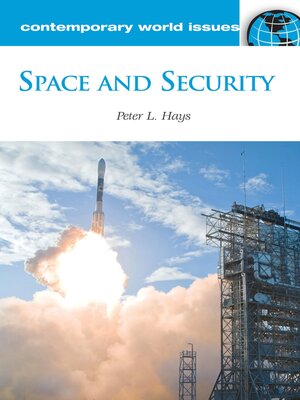
Sign up to save your library
With an OverDrive account, you can save your favorite libraries for at-a-glance information about availability. Find out more about OverDrive accounts.
Find this title in Libby, the library reading app by OverDrive.



Search for a digital library with this title
Title found at these libraries:
| Library Name | Distance |
|---|---|
| Loading... |
This thorough examination of the roots and motivations for U.S. national security space policy provides an essential foundation for considering current space security issues.
During the Cold War era, space was an important arena for the clashing superpowers, yet the United States government chose not to station weapons there. Today, new space security dynamics are evolving that reflect the growing global focus upon the broad potential contributions of space capabilities to global prosperity and security.
Space and Security: A Reference Handbook examines how the United States has developed and implemented policies designed to use space capabilities to enhance national security, providing a clear and complete evaluation of the origins and motivations for U.S. national security space policies and activities. The author explains the Eisenhower Administration's quest to develop high-technology intelligence collection platforms to open up the closed Soviet state, and why it focused on developing a legal regime to legitimize satellite overflight for the purposes of gathering intelligence.
During the Cold War era, space was an important arena for the clashing superpowers, yet the United States government chose not to station weapons there. Today, new space security dynamics are evolving that reflect the growing global focus upon the broad potential contributions of space capabilities to global prosperity and security.
Space and Security: A Reference Handbook examines how the United States has developed and implemented policies designed to use space capabilities to enhance national security, providing a clear and complete evaluation of the origins and motivations for U.S. national security space policies and activities. The author explains the Eisenhower Administration's quest to develop high-technology intelligence collection platforms to open up the closed Soviet state, and why it focused on developing a legal regime to legitimize satellite overflight for the purposes of gathering intelligence.







